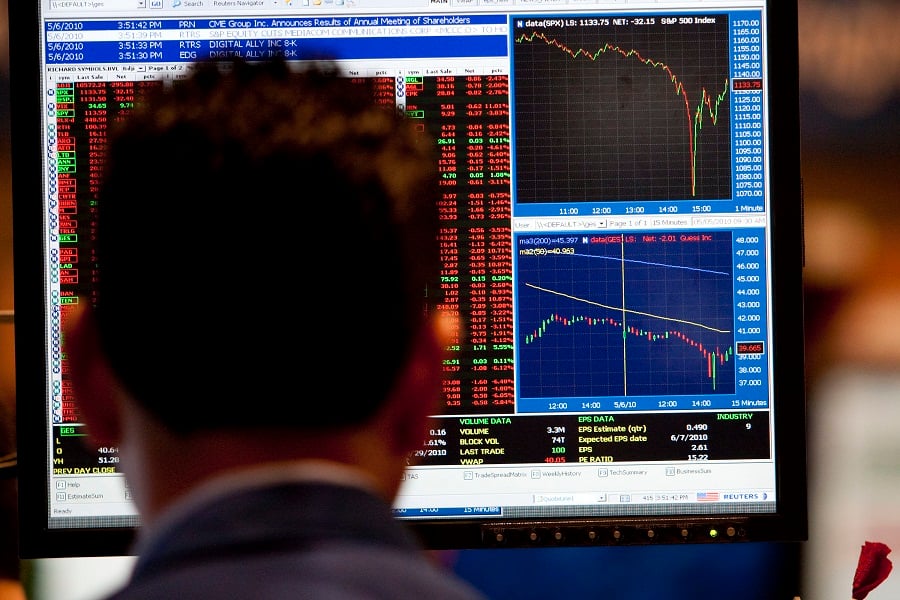There are a few thin parallels between today and the days leading up to the historic Oct. 19, 1987 stock market crash that are getting attention, but nothing that should rattle investors.
Beginning with the parallels, like in 1987, Oct. 19 fell on a Monday, a day that quickly became known as “Black Monday” after the Dow Jones Industrial Average fell a record 22% on that day.
A second oft-chatted about parallel is the fact that, like 1987, the third-Friday-of-the-month expiration date for options or futures contracts, happens to fall on Oct. 16.
Coincidence is often all some investors need to get nervous, but a broader view of the current markets would suggest that the stock market is probably not heading toward a big crash on Monday.
“We normally get this kind of talk every year, but the stock market is absolutely not in a crash position right now,” said Paul Schatz, president of Heritage Capital.
MARKET ALREADY DOWN
One thing nervous or superstitious investors might be forgetting or ignoring is the events
leading up to the 1987 crash, including the fact that the market was already down 17% from its Aug. 25, 1987 peak before the stock market even opened on Monday of that year.
And Oct. 19, 1987 was the fourth down day in a row for stocks.
“Downside acceleration is needed for a crash,” Mr. Schatz said. “The market needs to be unraveling days before the supposed crash day.”
He cites the three most recent major market pullbacks as examples of how investors were forewarned: in August of this year, August 2011 and September 1998.
By contrast, the Dow, which is down 2% from the start of the year, has finished with gains in eight out of the 10 trading days this month through Thursday.
The S&P 500 Index, which is down 8 basis points from the start of the year, looks nearly as strong with gains in seven out of the 10 trading days this month.
Both benchmarks were ahead in mid-day trading Friday.
TECHNICAL TEST
“We've moved smartly past the 50-day moving average, and now we're aiming at the 100-day moving average, but it's the 200-day moving average that will be the true technical test for the markets,” said Quincy Krosby, market strategist at Prudential Financial.
“Right now we're moving toward overbought territory, and we could see a pullback at some point, but not a crash,” she added.
Even factoring in the “clutch of Chinese data” scheduled for release on Sunday night, Ms. Krosby believes the markets have become programmed to expect continued support from central bankers, both U.S. and abroad, to keep stocks floating.
“What seems to be the prevailing and deeply ingrained patter globally is that stimulus will be forthcoming if the news is bad,” she added. “Bad news is good news still holds with regard to China, the U.S. and the Eurozone.”







